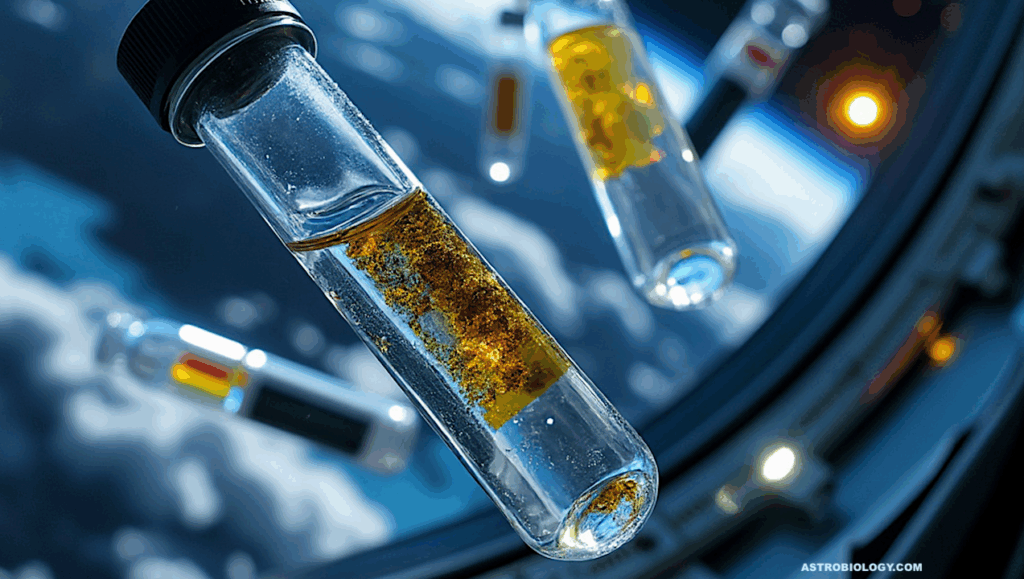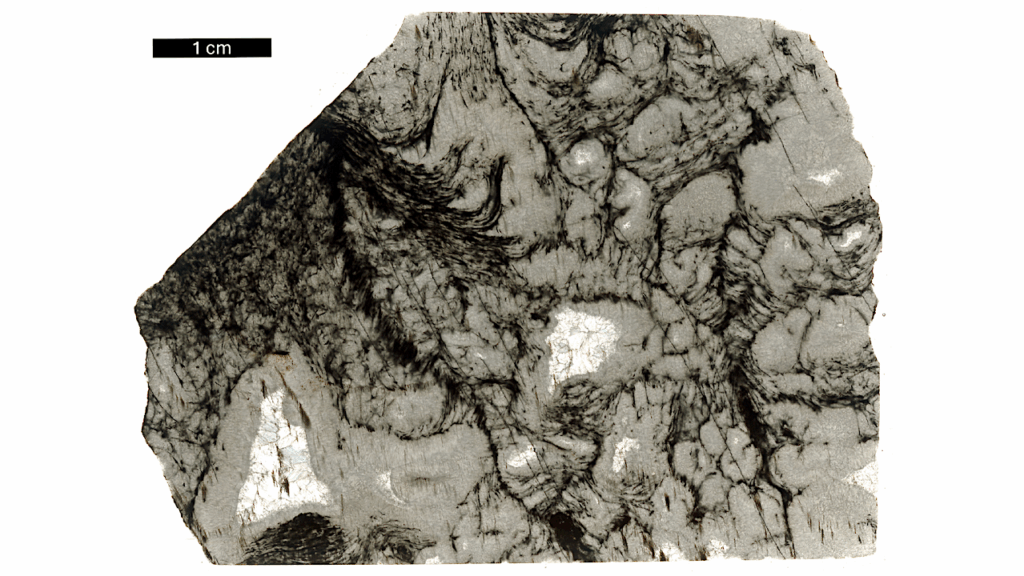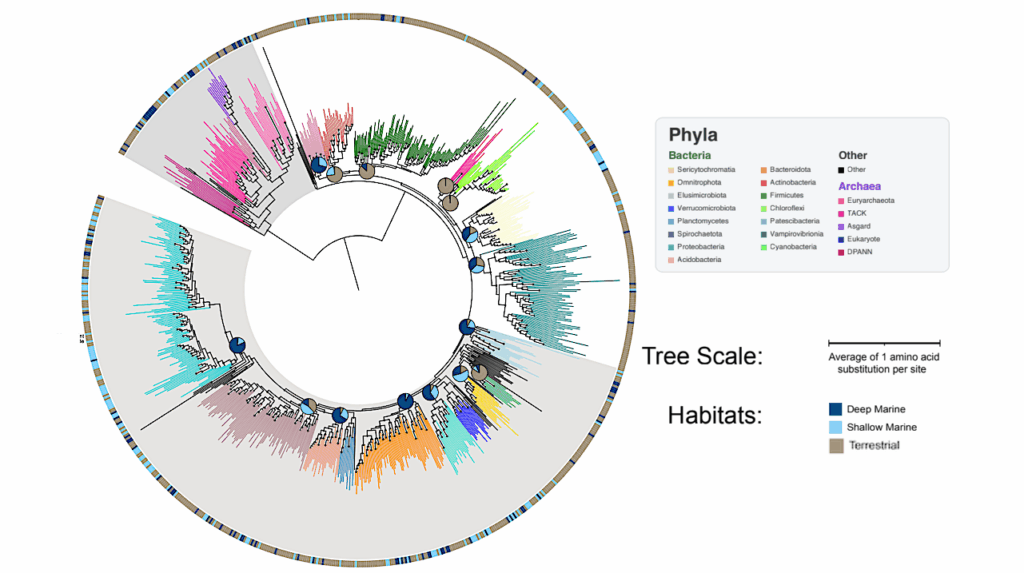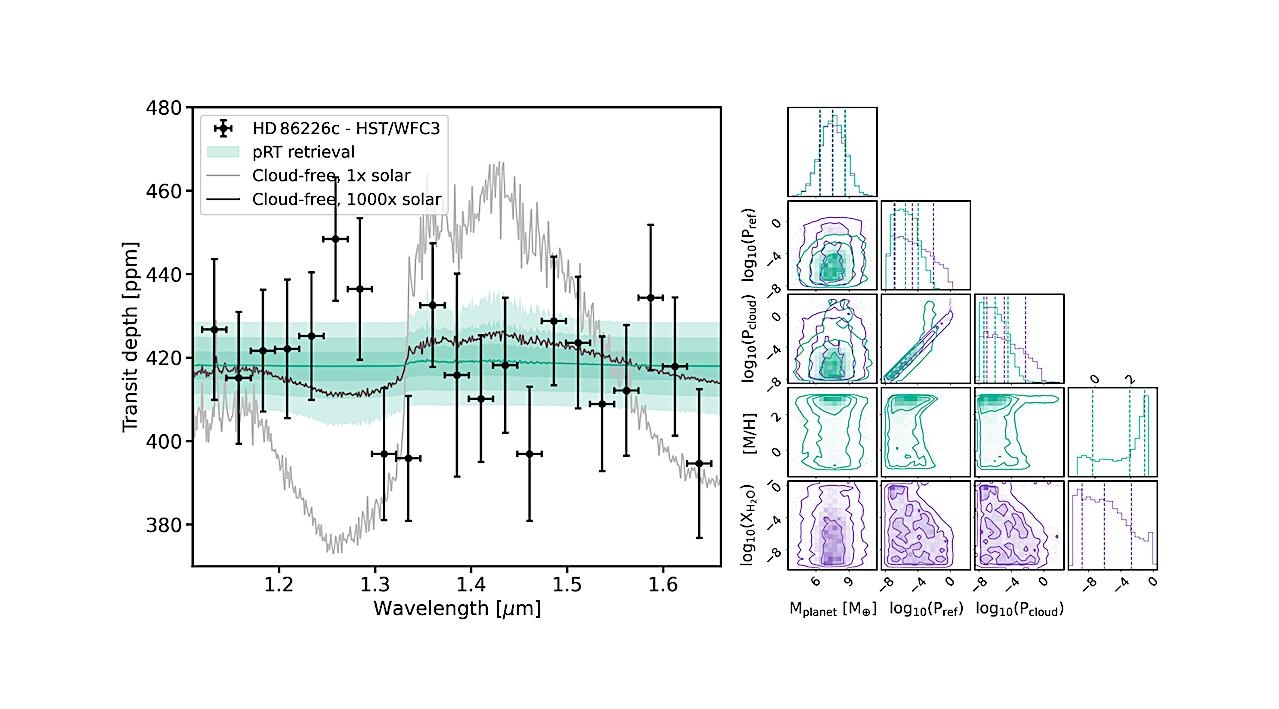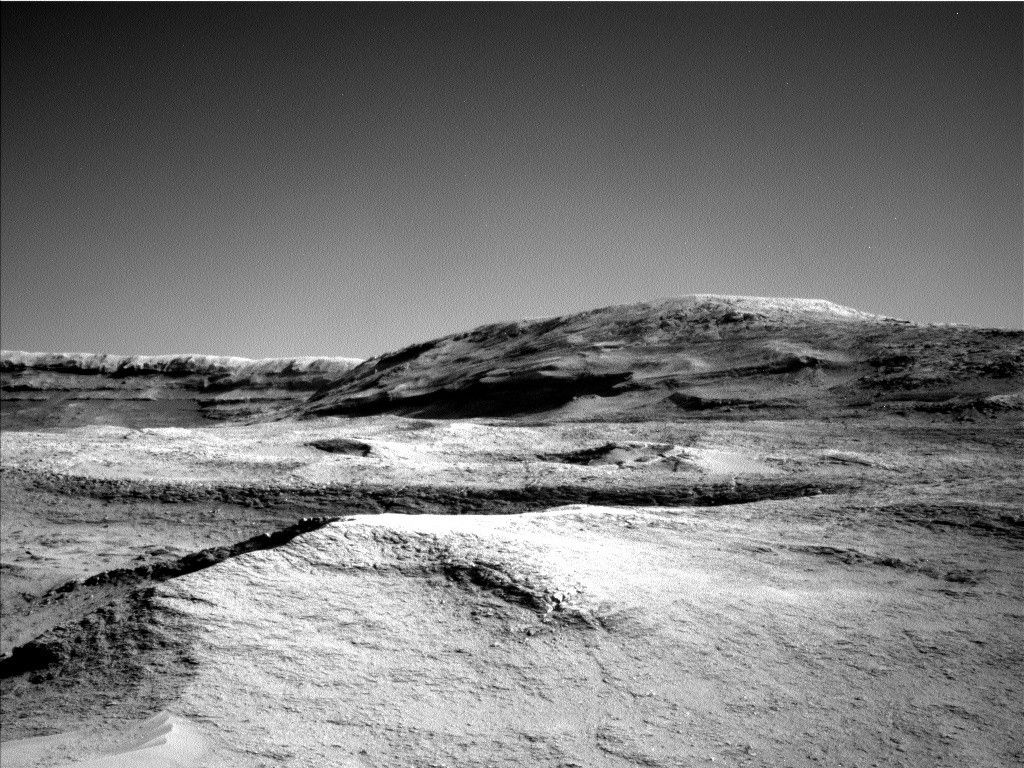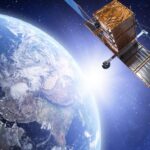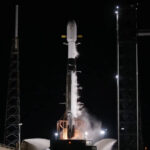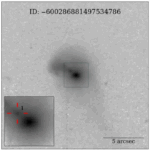Now Reading: NSF-DOE Vera C. Rubin Observatory Observations of Interstellar Comet 3I/ATLAS (C/2025 N1)
-
01
NSF-DOE Vera C. Rubin Observatory Observations of Interstellar Comet 3I/ATLAS (C/2025 N1)
NSF-DOE Vera C. Rubin Observatory Observations of Interstellar Comet 3I/ATLAS (C/2025 N1)
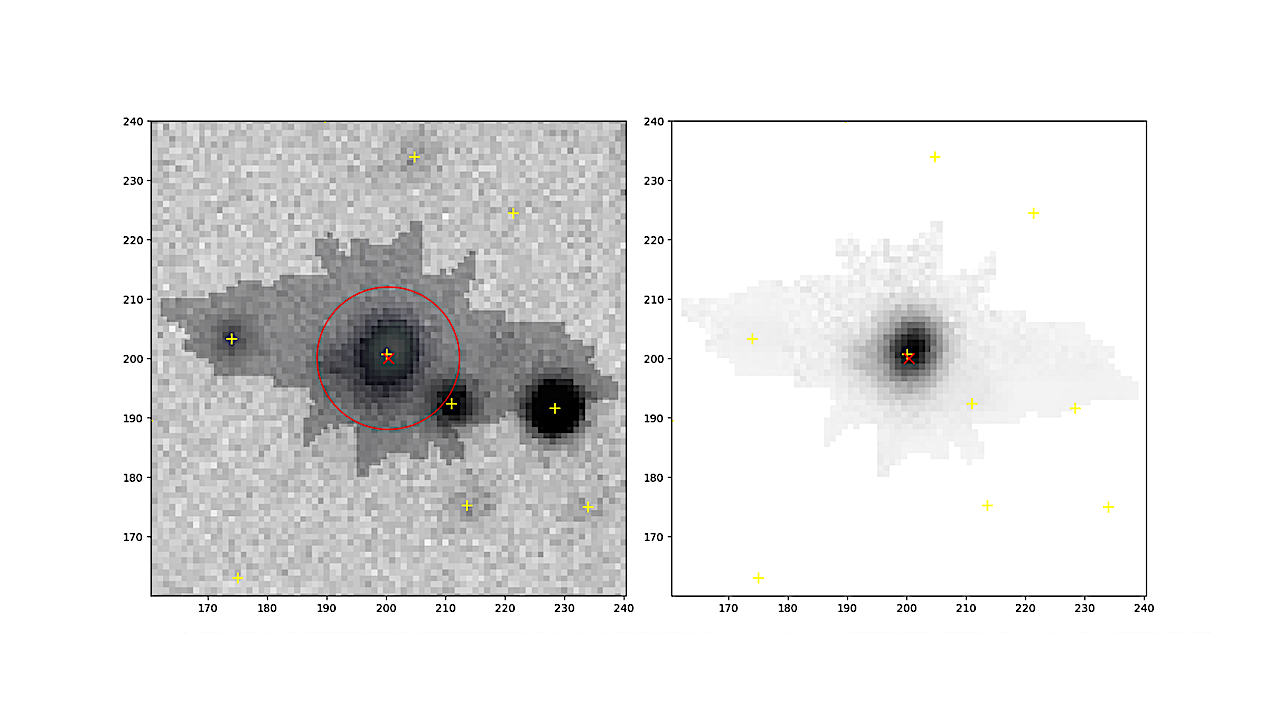
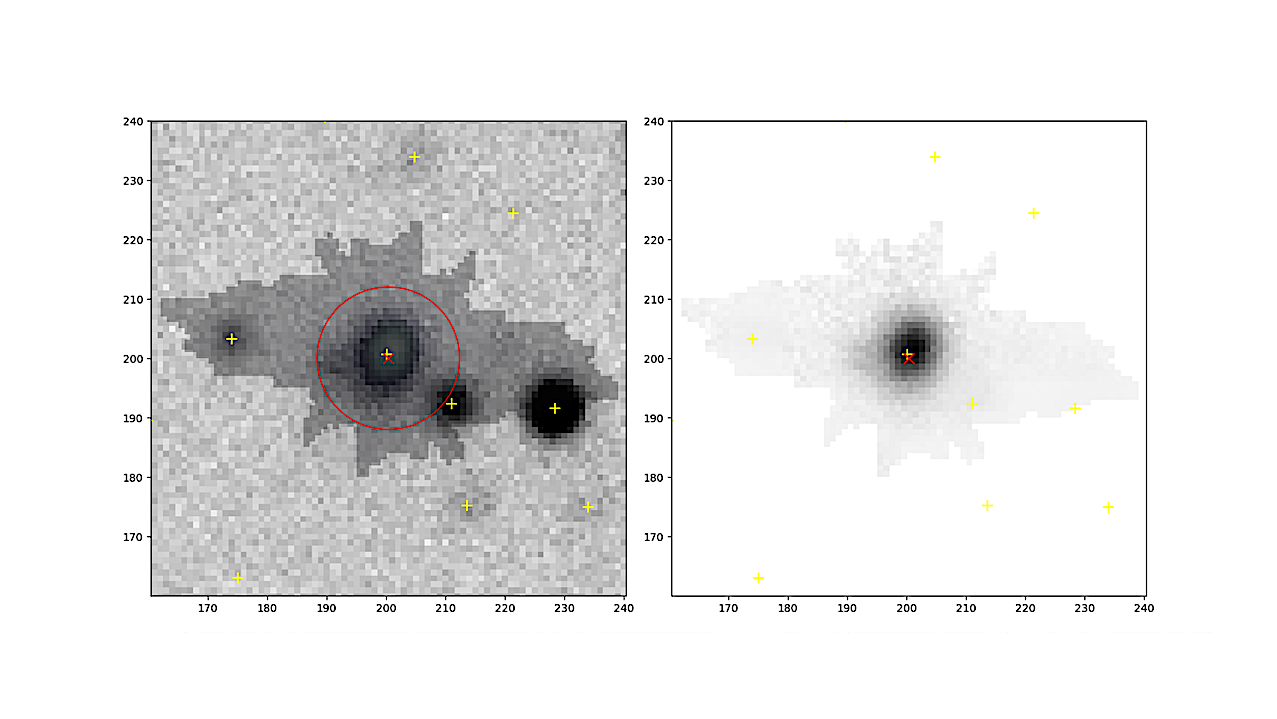
On the left is a cutout from a crowded field (visit id=2025070100200) centered on 3I/ATLAS. The red ring represents the LSST Science Pipeline’s aperture photometry radius (see Section 4.7). In the image, 3I/ATLAS is seen nestled between four sources (two to the left, two to the right). The brighter three (one to the left, and two to the right) have been detected as separate and deblended (marked with yellow plus symbols). The fourth source (just to the left of 3I/ATLAS, and inside the red ring) has not. The resulting footprint – a set of pixels deemed by the deblender to contain 3I/ATLAS’s flux – is shown on the right. The deblender successfully removed the flux belonging to the three detected stars, preventing major biases in photometry and astrometry. However, the flux due to the fainter undetected star is still present. This illustrates both the power and caveats in deblender applications: while the worst effects of crowding are mitigated, some low-level residual flux due to faint blended sources likely remains. — astro-ph.EP
We report on the observation and measurement of astrometry, photometry, morphology, and activity of the interstellar object 3I/ATLAS, also designated C/2025 N1 (ATLAS), with the NSF-DOE Vera C. Rubin Observatory.
The third interstellar object, comet 3I/ATLAS, was first discovered on UT 2025 July 1. Serendipitously, the Rubin Observatory collected imaging in the area of the sky inhabited by the object during regular commissioning activities. We successfully recovered object detections from Rubin visits spanning UT 2025 June 21 (10 days before discovery) to UT 2025 July 7.
Facilitated by Rubin’s high resolution and large aperture, we report on the detection of cometary activity as early as June 21st, and observe it throughout. We measure the location and magnitude of the object on 37 Rubin images in r, i, and z bands, with typical precision of about 20 mas (100 mas, systematic) and about 10 mmag, respectively.
We use these to derive improved orbit solutions, and to show there is no detectable photometric variability on hourly timescales. We derive a V-band absolute magnitude of H_V = (13.7 +/- 0.2) mag, and an equivalent effective nucleus radius of around (5.6 +/- 0.7) km.
These data represent the earliest observations of this object by a large (8-meter class) telescope reported to date, and illustrate the type of measurements (and discoveries) Rubin’s Legacy Survey of Space and Time (LSST) will begin to provide once operational later this year.
Colin Orion Chandler, Pedro H. Bernardinelli, Mario Jurić, Devanshi Singh, Henry H. Hsieh, Ian Sullivan, R. Lynne Jones, Jacob A. Kurlander, Dmitrii Vavilov, Siegfried Eggl, Matthew Holman, Federica Spoto, Megan E. Schwamb, Eric J. Christensen, Wilson Beebe, Aaron Roodman, Kian-Tat Lim, Tim Jenness, James Bosch, Brianna Smart, Eric Bellm, Sean MacBride, Meredith L. Rawls, Sarah Greenstreet, Colin Slater, Aren Heinze, Željko Ivezić, Bob Blum, Andrew Connolly, Gregory Daues, Rahil Makadia, Michelle Gower, J. Bryce Kalmbach, David Monet, Michele T. Bannister, Luke Dones, Rosemary C. Dorsey, Wesley C. Fraser, John C. Forbes, Cesar Fuentes, Carrie E. Holt, Laura Inno, Geraint H. Jones, Matthew M. Knight, Chris J. Lintott, Tim Lister, Robert Lupton, Mark Jesus Mendoza Magbanua, Renu Malhotra, Beatrice E. A. Mueller, Joseph Murtagh, Nitya Pandey, William T. Reach, Nalin H. Samarasinha, Darryl Z. Seligman, Colin Snodgrass, Michael Solontoi, Gyula M. Szabó, Ellie White, Maria Womack, Leslie A. Young, Russ Allbery, Roberto Armellin, Éric Aubourg, Chrysa Avdellidou, Farrukh Azfar, James Bauer, Keith Bechtol, Matthew Belyakov, Susan D. Benecchi, Ivano Bertini, Bryce T. Bolin, vMaitrayee Bose, Laura E. Buchanan, Alexandre Boucaud, Rodrigo C. Boufleur, Dominique Boutigny, Felipe Braga-Ribas, Daniel Calabrese, J. I. B. Camargo, Neven Caplar, Benoit Carry, Juan Pablo Carvajal, Yumi Choi, Preeti Cowan, Steve Croft, Matija Ćuk, Felipe Daruich, Guillaume Daubard, James R. A. Davenport, Tansu Daylan, Jennifer Delgado, Hadrien A. R. Devillepoix, Peter E. Doherty, Abbie Donaldson, Holger Drass, Stephanie JH Deppe, Gregory P. Dubois-Felsmann, Frossie Economou, Marielle R. Eduardo et al. (112 additional authors not shown)
Comments: 36 pages, 16 figures, 4 tables; collaboration between the NSF-DOE Vera C. Rubin Observatory and the LSST Solar System Science Collaboration (SSSC)
Subjects: Earth and Planetary Astrophysics (astro-ph.EP); Astrophysics of Galaxies (astro-ph.GA)
Cite as: arXiv:2507.13409 [astro-ph.EP] (or arXiv:2507.13409v1 [astro-ph.EP] for this version)
https://doi.org/10.48550/arXiv.2507.13409
Focus to learn more
Submission history
From: Colin Orion Chandler
[v1] Thu, 17 Jul 2025 06:23:27 UTC (7,118 KB)
https://arxiv.org/abs/2507.13409
Astrobiology,
Stay Informed With the Latest & Most Important News
Previous Post
Next Post
-
 012024 in Review: Highlights from NASA in Silicon Valley
012024 in Review: Highlights from NASA in Silicon Valley -
 02Panasonic Leica Summilux DG 15mm f/1.7 ASPH review
02Panasonic Leica Summilux DG 15mm f/1.7 ASPH review -
 03How New NASA, India Earth Satellite NISAR Will See Earth
03How New NASA, India Earth Satellite NISAR Will See Earth -
 04And Thus Begins A New Year For Life On Earth
04And Thus Begins A New Year For Life On Earth -
 05Astronomy Activation Ambassadors: A New Era
05Astronomy Activation Ambassadors: A New Era -
06SpaceX launch surge helps set new global launch record in 2024
-
 07Space Force plans new ‘Futures Command’ amid pressure to speed up modernization
07Space Force plans new ‘Futures Command’ amid pressure to speed up modernization












